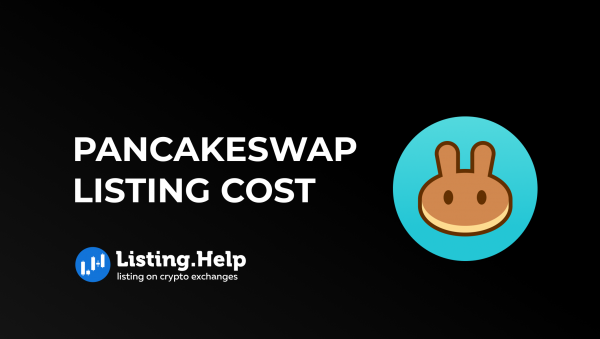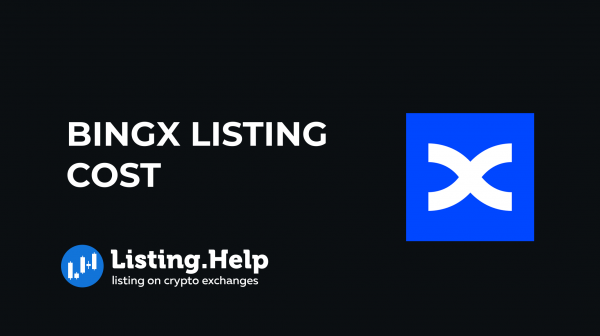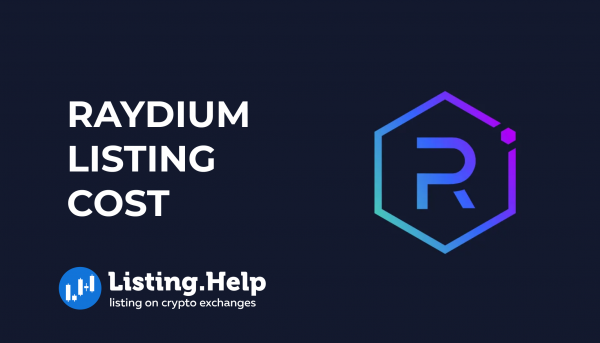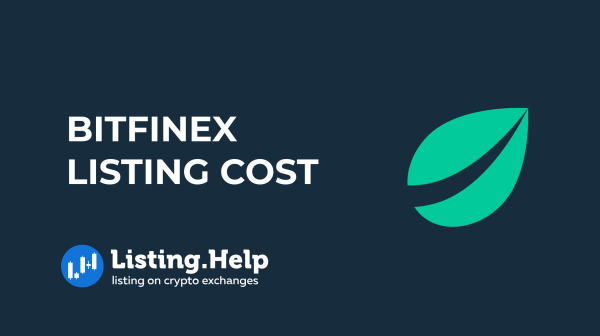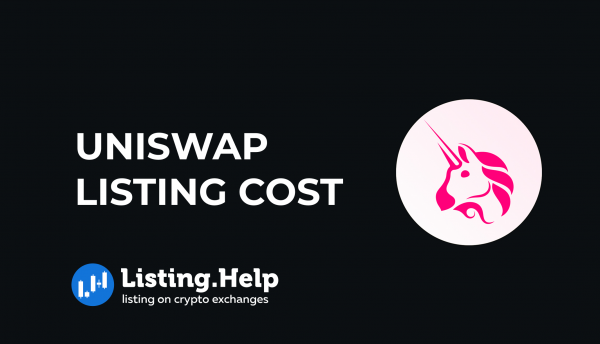What is KernelDAO (KERNEL)?
 April 27, 2025
April 27, 2025 Updated: April 27 2025, 09:39
Updated: April 27 2025, 09:39
LEAVE A REQUEST
Launching your own token project? Our experts are ready to help with listing on exchanges, market making, marketing and other solutions
SUBMIT APPLICATIONA growing development in crypto is the concept of restaking — a method that allows already staked assets to be used again across several blockchains or services. This approach helps improve both security and how efficiently capital is used.
As decentralized platforms continue to expand, they need consistent and trustworthy validator support. KernelDAO is stepping in to simplify how restaking is managed. It offers tools for users, node operators, and developers to coordinate their efforts more effectively.
Whether you’re holding assets through Liquid Staking Tokens (LSTs) or operating a validator, KernelDAO helps you put your crypto to better use.
What is KernelDAO?
KernelDAO is a decentralized protocol that strengthens blockchain security and makes staking more efficient through restaking. It lets users apply their staked tokens across several networks, securing infrastructure while earning extra returns. The protocol runs on a shared security system, where both validators and decentralized applications (dApps) benefit from the combined staking power contributed by users. A core part of this model is the use of Liquid Restaking Tokens (LRTs), which give stakers the flexibility to access liquidity while being involved in several security layers at once.
The protocol supports assets like Ethereum (ETH), Binance Coin (BNB), and Bitcoin (BTC), allowing users to place them in specific vaults. These vaults then distribute the funds across different networks, adding protection to various blockchain systems. In return, participants receive tokenized versions of their deposits, which they can still use in DeFi platforms. This setup makes it possible to keep earning rewards while helping secure different layers of the ecosystem. The overall goal is to improve how staking works and to create a system that can handle both growth and stress more effectively.
KernelDAO is built around three main components: Kernel, Kelp, and Gain. Kernel provides the core infrastructure for restaking across BNB Smart Chain and networks built on Bitcoin. Kelp is focused on Ethereum, offering a liquid restaking solution that balances reward generation with liquidity access. Gain handles automated vaults for ETH and LRTs, helping users maximize their earnings by adjusting staking strategies. Together, these parts form a complete system aimed at making restaking simpler and more impactful.
Background, Team, and Investors
KernelDAO operates as a decentralized autonomous organization (DAO), focused on improving how staking is handled across blockchains. Its main priority is to make staked assets more useful and to strengthen network security, particularly on the Binance Smart Chain.
In November 2024, KernelDAO raised $10 million in a funding round led by Binance Labs. The round also drew investment from groups like SCB Limited, Laser Digital, Bankless Ventures, Hypersphere Ventures, Cypher Capital Group, Draper Dragon, ArkStream Capital, Digital Asset Capital Management, HTX Ventures, Avid VC, GSR, Cluster Capital, Longhash Ventures, ViaBTC Capital, Side Door Ventures, NOIA Capital, and DWF Labs.
The organization was co-founded by Amitej Gajjala and Dheeraj Borra. Both bring solid experience in blockchain and decentralized finance, and their work continues to shape the technical and operational direction of KernelDAO.
Alright, here’s a rewritten version that stays true to the original meaning and length, but uses a clear, professional tone — no inflated language, no buzzwords, and definitely not robotic. It flows naturally, like something you’d expect from a real editor writing for a knowledgeable but grounded audience:
How Does KernelDAO Work?
KernelDAO connects three main players: people holding tokens, the validators who run the systems, and the services that need those validators to stay up and running. It’s built with the following users in mind:
- Individuals looking to earn more from their Liquid Staking Tokens (LSTs);
- Validators aiming to secure more networks and increase their earnings;
- Services — known as Actively Validated Services (AVSs) — that depend on consistent validator performance.
To support these roles, KernelDAO runs on three core components: Kernel, Kelp, and Gain.
Kernel: where it begins
Kernel is the starting point for users. Here, LSTs like stETH can be deposited and automatically restaked across several networks. You don’t need to choose where your tokens go — Kernel handles that behind the scenes.
What Kernel does:
- Selects reliable validators to manage your assets;
- Works to protect your funds from slashing penalties;
- Spreads stakes across various validators to reduce risk and improve network diversity;
- Seeks out strategies that may improve returns.
The goal is to make restaking something users don’t need to actively manage.
Kelp: connecting validators and services
Kelp acts as a bridge between validators and the AVSs that rely on them. These services perform tasks like data delivery, verification, or uptime monitoring, and they need validators to do it.
Kelp matches validators to these services using factors such as:
- Past performance and reliability;
- How much they have staked;
- What types of tasks they’re suited for.
AVSs can also define their own criteria for payments, behavior expectations, or penalties. Kelp helps enforce those rules, so validators and services don’t need to negotiate manually.
This setup also benefits validators, who can find restaking opportunities without sorting through them one by one.
Gain: managing your earnings
Gain is where users can keep track of the rewards earned through restaking. It collects the results from all networks where your tokens are being used.
What Gain offers:
- A place to monitor current earnings;
- Tools to project potential returns;
- An option to automatically reinvest rewards to increase yield.
Instead of managing multiple accounts across different services, Gain brings everything into one place.
What is the KERNEL Token?
KERNEL is the main token used in the system. It supports several functions:
- Governance: Token holders can vote on decisions like validator eligibility or strategy updates;
- Rewards: Participants in the protocol can earn KERNEL through their activity;
- Staking: Holding or staking the token may lead to added benefits, like increased influence or additional rewards.
The KERNEL token is listed on many exchanges, including KuCoin, MEXC, Binance, Bybit and Kraken.
Potential Risks
As with any protocol in this space, there are risks users should consider:
- Slashing: If a validator fails or behaves incorrectly, some of the staked assets could be lost;
- Contract vulnerabilities: Issues in smart contract code could lead to financial losses;
- Market changes: Fluctuations in token prices and returns mean that profits are not guaranteed.
It’s important to take the time to understand how the system works before committing significant assets. Starting small can help you get comfortable with how the products function.

For more insights and updates on the crypto world, don’t forget to check out our blog at Listing.Help.
More Useful Resources on Token Creation and Listing
We have many more useful articles on various topics on how to create and list your token, including meme tokens.
Learn the ins and outs of the process with these detailed guides:
- How to List a Token on a Cryptocurrency Exchange: Best Crypto Listing Agencies
- Can You List Your Token on an Exchange for Free?
- How to Create a Meme Coin on Solana: A Step-by-Step Guide
- How Much Does It Cost to List Coins on an Exchange?
- How to List a Token or Coin on Coinbase
- How to List a Token or Coin on OKX
- How to List a Token or Coin on Gate.io
- How to Get Listed on DEXTools
- How to Get Listed on CoinMarketCap: A Comprehensive Guide
- How to List Your Cryptocurrency on CoinGecko
- How to List a Token on PancakeSwap: A Complete Guide






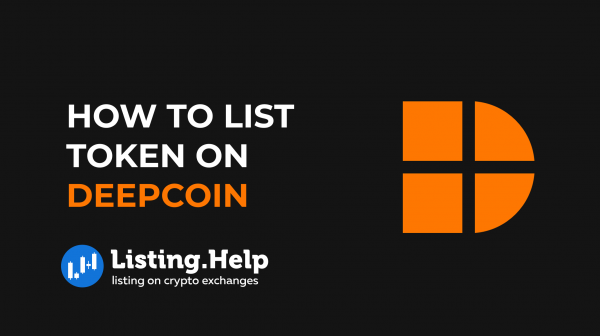
 October 22, 2025
October 22, 2025 



